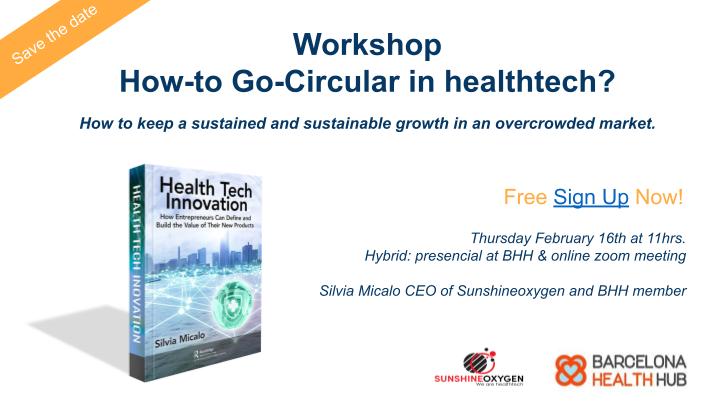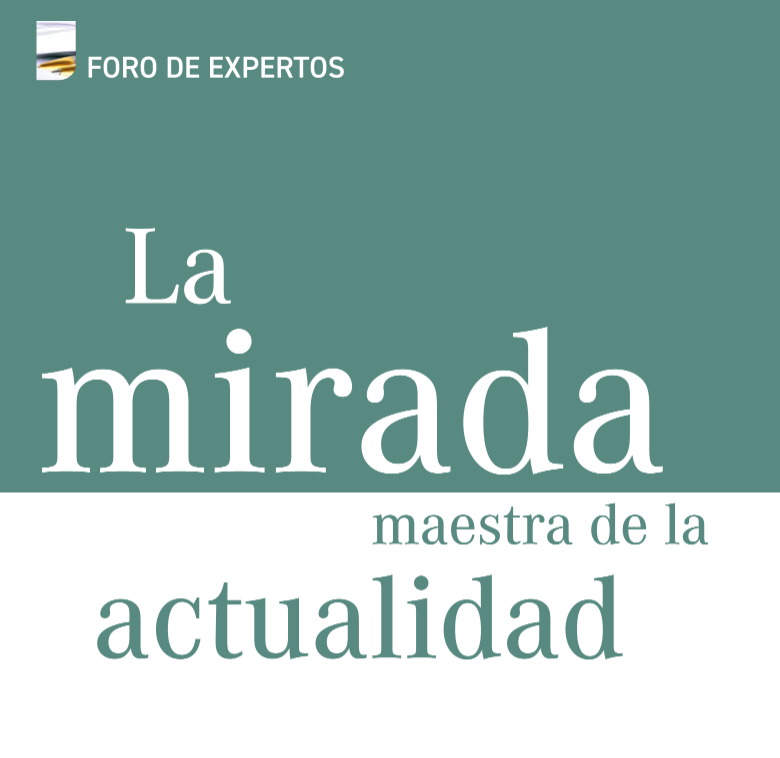Let me tell you a story… Maria, a 75 years old diabetic patient, used to go to the doctor often. She enjoyed the waiting room as she bumped into patients like her or sometimes youngsters that shared a short conversation with her. Going to the doctor used to be more than a need, it used to be a break with the routine as she lived alone. On top of that, Kimberly used to accompany her to the doctor, and that along with the time she established a personal relationship becoming a kind of friend. She loved going to the doctor. And suddenly Covid appeared.
Now she is able to have a meeting with her doctor in a single click, without leaving her home, and on top of it her granddaughter Kimberly can have an instant call to her through video conference. Maria is monitored, on a full time basis and has an alarm system incorporated in her device that automatically calls her doctor that can respond at a speed less than 30 min margin for acute phases. At the same time the device suggests to her to keep a healthy life reminding her when to walk and tracking her daily physical activity. John, her caretaker, receives a monitor device that reminds him of the medication that she needs to take daily and the best moment of administration. And sometimes Maria has a quick instant chat with her doctor, typing a short conversation. She has her own virtual assistant that helps her with her doctor appointment bookings and reminders, and John helps her to deal with it, making John’s work easier to handle.
Maria, today, has a better life expectancy than she did before, all and all thanks to health technology.
She and her caretakers/caregivers and clinicians are on board with her quality-adjusted life-year QALYs, a generic measure of disease burden improvement. She and the people that take care of her are empowered to be able to better manage her own health. Today, she can almost avoid the risk of having a peak of glucose that can cause severe consequences.
Healthcare systems used to be static, with conservative models that operated as dinosaurs difficult to move from the established status quo path. We used to think of the revolution of healthcare as something not likely to happen, although we needed it to happen.
Today, wearables and m-health, permitting patient support programs (PSP) that monitor patients the day to day of the patient, track, collect data, advice and recommend and remind next appointments to the doctor are already a commodity.
Virtual assistants can drive cost savings and positively impact healthcare efficiency, improving access to care and reducing burden on clinicians. For example by providing smart appointment bookings and reminders as it is the case of Maria.
In turn, that can help a hospital analyze patient behavior and history to predict no-shows before they happen or help hospitals and clinics to learn from the questions that patients ask to bots so that they can start to provide that information at the point-of-care, instead of forcing patients to search for the information later.
Therefore, interoperability is still on the edge as Health Electronic Reports integration is the next step in most of the healthcare systems.
Besides, to address fragmented and inflexible silo based health systems issues a proposed solution is to address silos and system challenges through collaborative planning and transformation; focusing on total cost of care, long-term savings and overall value to break barriers short term cost-containment issues.
Incorporating change management to support adoption of innovation to address cultural resistance to innovation, at the same time to build collaborative and transparent working relationships that shift the current dynamic between the public and private sectors to skip the lack of trust between public and private sectors and finally enable shared risk management through new models to face the aversion to risk.
Let me tell you the story of Kevin, living in a rural region of centre Africa. 5 years ago he used to rely on under-funded public health facilities as only a small minority had access to well-funded, quality private health care, besides, where varying wildly from country to country and region to region, public health care sometimes did not even exist.
Today, AI in the hands of frontline health workers (FHWs) is enabling kevin to have access to top-notch medical technology and advice. And more than this, Kevin today, constitutes an example of the new Africa’s patient profile which is familiarized with technology constituting a reference technology proficient profile of citizens, every time more frequent in the region as he can defend himself easily through any app or tech solution that a single smartphone can allocate. He searches for information and knows how to deal with his own care condition, and he does so, constituting an empowered patient.
And suddenly a revolution has come to stay, shaking the status quo and accelerating the adoption curves of the different technologies in healthtech. Speeding up the healthtech skillset capacitation not only of the new empowered patient but also of the teams operating and building the new pillars of the conceptualization of the new 5.0 healthcare ecosystems.
Better technologies can create homogeneity in diagnosis and equal access to care for citizens by narrowing divergences in the availability to health solutions. They can also stimulate the growth of more patient-centered jobs in the industry and allow patients to manage their own healthcare decisions.





